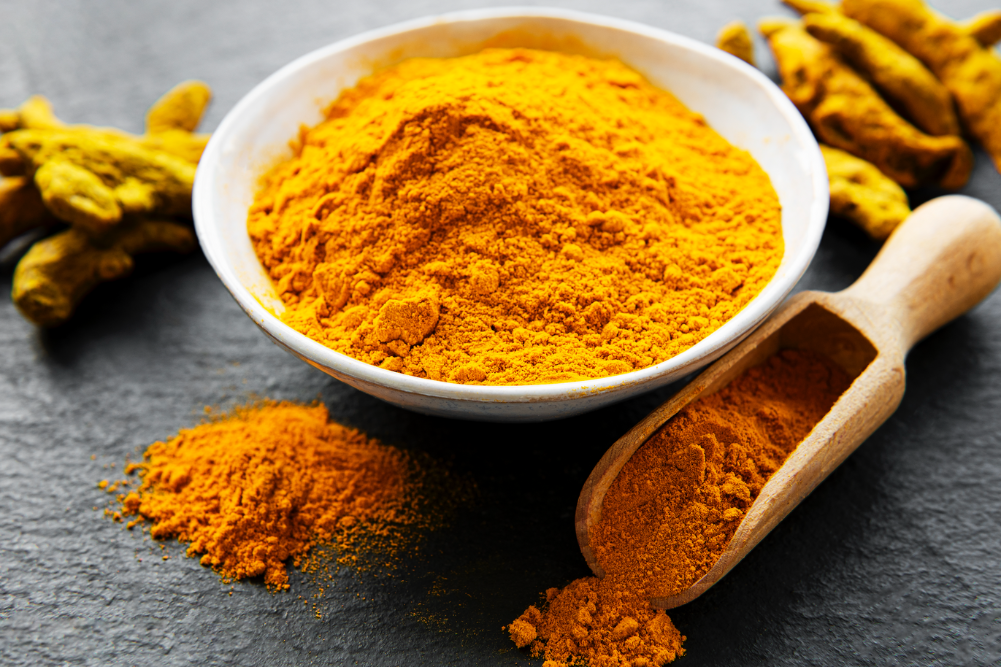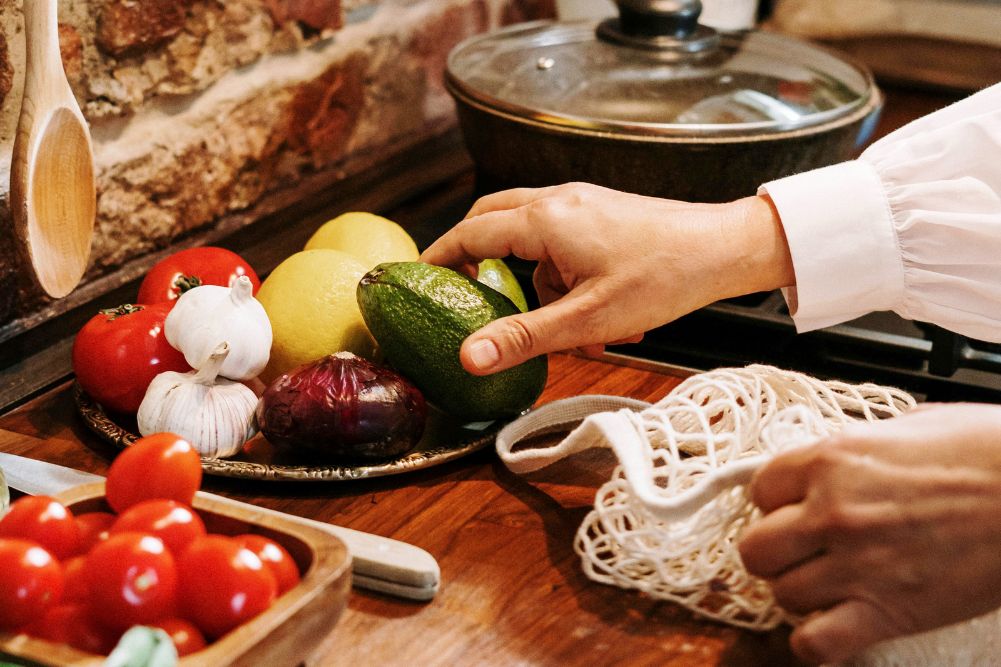Cooking with olive oil
Heat has the power to transform. Just look at how a smug, self-assured public servant liquefies to a hesitant boob in the face of the heat of a Senate Estimates Committee. Witness too how the flames of pressure to win a major title can morph a top professional golfer into a snap-hooking weekend hacker. The 15 million degrees generated by our own Sun has also significantly, as far as we are concerned, transmogrified the space around it. Heat transforms…never doubt it, and it exerts its transformative effects on the food you cook as well. How heat changes your food depends on how much of it you use and the particular food you are cooking. Now a new study has looked at some common cooking oils and compared how they fare in the face of heat.
We already know that cooking oils at high temperatures changes them chemically and can produce substances like acrylamide that are not good for you. This study looked at what happened to refined olive oil, refined corn oil, refined soybean oil, and refined sunflower oil when they were used under three separate conditions: deep frying at 160 degrees Celsius, deep frying at 190 degrees Celsius, and pan-frying at 180 degrees Celsius. Make note that the oils used here were all “refinedâ€, we will come to what that means later.
The results showed that olive was more stable than the other oils when exposed to heat and showed the greatest resistance to oxidative stress and the least formation of trans-fats and polar compounds. The worst results emerged for the refined sunflower oil. So the researchers concluded that olive is the best of these oils to cook with at high temperatures as it degrades the least and maintains its nutritional value the best.
Let’s return though for a moment to that word “refinedâ€â€¦
When oil is refined, the process increases the oil’s smoke point. The smoke point is the temperature at which visible gaseous vapour from the heating of oil becomes evident. It is traditionally used as a marker for when decomposition of oil begins to take place. “Refining†sounds like a delightfully elegant cucumber-sandwich on the lawn kind of process…but it isn’t.
Refining involves using hexane, a petroleum byproduct, to extract as much oil as possible from crushed seeds or fruit (in the case of olives) that have already been exposed to high temperatures. The mixture is put through a centrifuge and phosphate is added to begin the separation of the oil from the rest of the seed and pulp residues. After solvent extraction, the crude oil is separated and the solvent is evaporated and recovered. The crude oil is then put through further refining techniques including degumming, neutralisation and bleaching. Finally a pressurised steam process is used to remove volatile substances that would give the oil an odour. There is always the potential for solvent residue and the heating processes used produce many free radicals that can be damaging to your body.
Extra virgin olive oil is by far the best olive oil for you to use. Where refined olive oil is chemically and heat extracted, extra virgin olive oil comes from the first mechanical pressing of the olives and you should always look to check that it is “cold pressedâ€. The range of smoke point for olive oil us generally given as being between 100 degrees Celsius and 220 degrees Celsius. The higher end of this range would represent the refined olive oils which are far less healthy than the cold pressed extra virgin olive oils. The smoke point of extra virgin olive oil is around 150 degrees Celsius at its highest.
This study shows that of the refined oils it is olive oil that is the most stable for cooking but that is like saying that as far as hitting yourself in the head goes then mahogany is better than teak, oak, and cedar…the real question is, do you really want to hit yourself in the head with a piece of wood in the first place?
Olive oil is a wonderful, healthy oil but you should be going for extra virgin olive oil and if you have to cook with it, don’t heat it until it smokes just use it for a gentle low temperature stir fry. Even better, drizzle it over a salad or some bruschetta.
The bottom line really is that if your oil can’t stand the heat, and most of them can’t, get it out of the kitchen.







